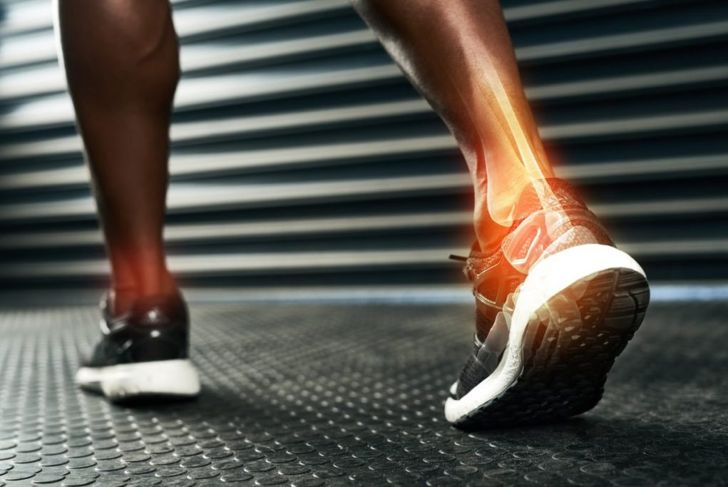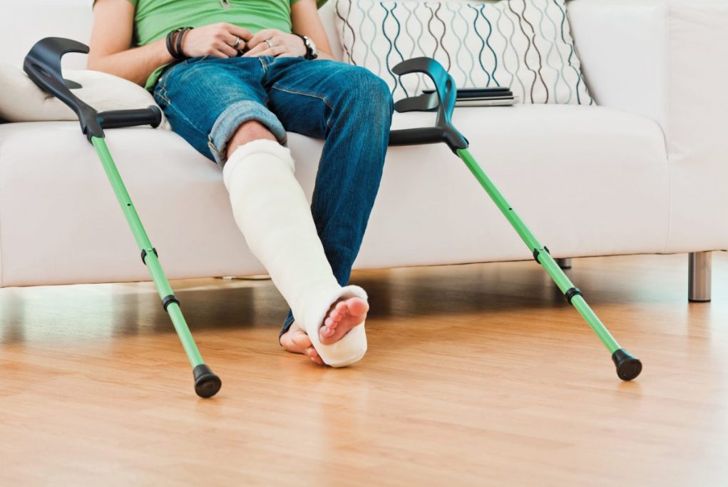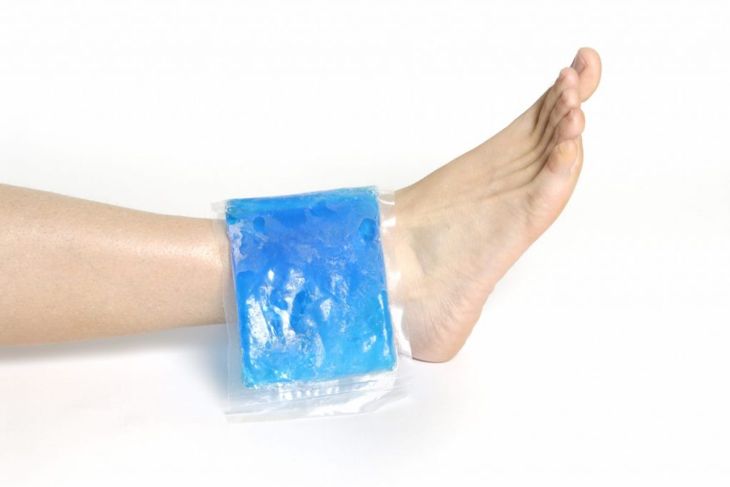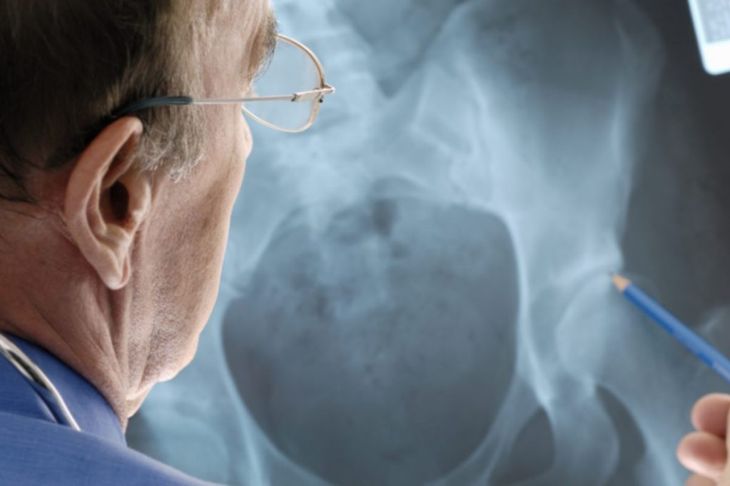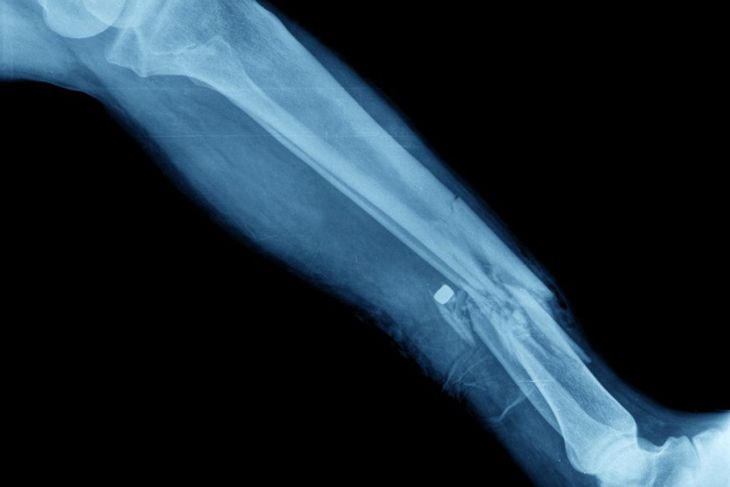Fractures occur when a bone breaks or cracks. Hairline fractures, also known as stress fractures, are tiny cracks in the bone. These are often caused by repeated stress, unlike other fractures, which are caused by trauma. It can be hard to know when a person has a hairline fracture as there is often not a single event to which they can attribute their injury.
Causes of Hairline Fractures
Overuse or repetitive actions that put the bone under repeated strain are the most common causes of hairline fractures. Usually, this happens when a person participates in regular sporting activities. Gradually, a tiny crack appears in the bone, getting worse over time. This is more likely to occur if the person fails to rest adequately between sessions. It is possible to develop a hairline fracture as the result of a fall or accident, but this cause is less common.
Common Locations
The most common locations for hairline fractures are the bones of the legs and feet — areas under a lot of stress during activities involving running and jumping. In particular, the second and third metatarsal bones in the foot are most commonly affected because they are thin bones that push the body upwards during running and jumping. The heel and ankle bones are also likely locations for hairline fractures. It is unlikely a person will develop a hairline fracture in bones of the upper body due to repeated stress, but in the rare instance when a hairline fracture is the result of trauma, the upper body can be affected.
Symptoms
Most people with a hairline fracture will experience pain around the affected bone. Pain that is worse during and immediately after physical activity but eases somewhat when resting is common with this type of fracture. Left untreated, the pain can become severe, especially if the person continues to exercise. The area surrounding the fracture may become swollen and inflamed, and reddening or bruising may develop.
Diagnosis
If a doctor suspects a hairline fracture, he will examine the affected area for pain and swelling and assess the patient’s range of motion. He will also ask questions about regular physical activity and take a medical history to assess whether a hairline fracture is likely. Unlike many other fractures, hairline fractures are difficult or even impossible to see on an x-ray, especially in the early stages while the fracture is still very small. An MRI scan can create a more detailed image of the bone, diagnosing a hairline fracture more promptly and accurately.
Treatment
If the hairline fracture affects the foot or leg, a doctor may recommend that the person uses crutches to avoid weight-bearing on the injured bone. He may also immobilize the body part using a protective cast or special footwear to keep the bone in position. During recovery, the person will be asked to moderate their physical activity to allow the bone to heal. Less commonly, a hairline fracture may require corrective bone surgery, which usually involves using pins or screws to hold the bone in position while it heals.
Home Treatment
Like any type of broken bone, a hairline fracture requires assessment and treatment by a doctor. However, some simple methods can be used to prevent the fracture from worsening and to ease pain at home. Using the RICE method (rest, ice, compression, and elevation) can stop the fracture from developing further until the person can see a doctor. Over-the-counter painkillers can ease discomfort if necessary.
Risk Factors
People who participate regularly in certain sports, especially those involving running and jumping, are more likely to develop hairline fractures. Abnormalities in the foot bones or badly-fitting footwear can also increase risk. Using poor technique during sports or playing on an unfamiliar surface can cause a hairline fracture, as well. People with conditions that cause weakened bones, such as osteoporosis, are also at a higher risk. Lack of vitamin D and calcium in the diet can make bones weaker and increase the likelihood of getting a hairline fracture. Women, especially those with hormonal imbalances, are more likely to get hairline fractures than men.
Preventing Hairline Fractures
Avoiding excessive stress on the bones by resting adequately between sports sessions can help prevent hairline fractures. High-quality and well-fitting shoes support the feet and ankles and can help stop fractures occurring in these areas. Receiving coaching to ensure proper running or jumping technique is another useful preventative measure. Any measure that helps keep bones strong will reduce the likelihood of a hairline fracture; in particular, eating a diet rich in vitamin D and calcium will promote strong and healthy bones.
Complications
If a person ignores the symptoms of a hairline fracture and doesn’t seek medical treatment, this can lead to complications. The most likely complication is that the bone will break entirely. When a hairline fracture progresses to a full break, this lengthens the overall recovery time. It also increases the likelihood that the person will require more complex treatment, including surgery.
Prognosis
Most hairline fractures will heal completely in six to eight weeks, provided one follows their doctor’s advice for recovery. After this period of recovery, the person should consult their doctor before returning to their previous activity levels. Often, the doctor will advise former patients to increase activity gradually, even once fully healed. On rare occasions, a hairline fracture may fail to heal properly. This can lead to ongoing pain in the affected area, and the individual should consult a doctor.

 Home
Home Health
Health Diet & Nutrition
Diet & Nutrition Living Well
Living Well More
More
